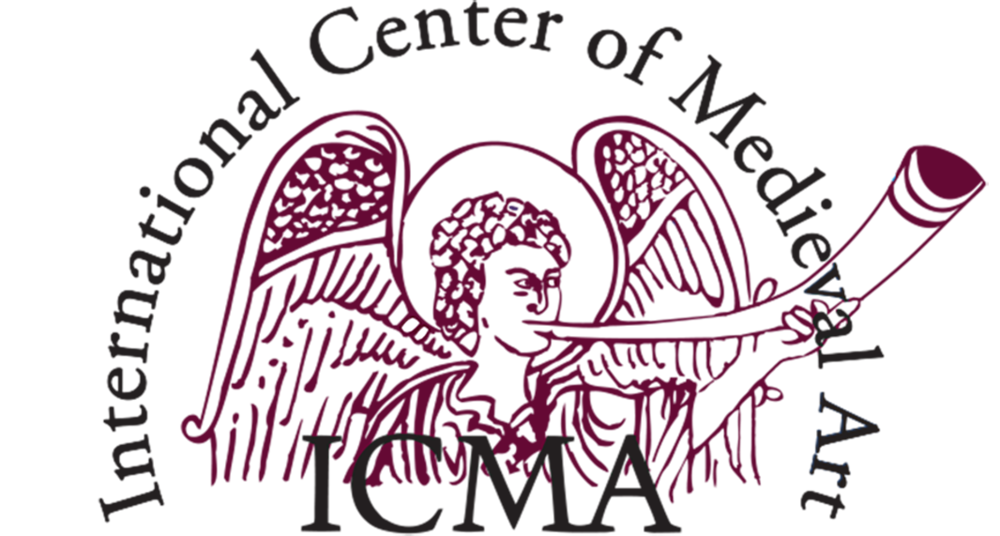The international conference “Objects of Law in the Medieval and Early Modern Worlds” proposes to reflect on the artistic practices that shaped the materiality, iconography, and texts of legal objects in the Middle Ages and the Early Modern period. What forms did these objects take? How did they confer authenticity and legal authority? What education and knowledge are evident in the objects? The conference seeks an interdisciplinary dialogue among scholars from art history, legal history, history, archaeology, and related disciplines who engage with legal objects.
Organized by Corinne Mühlemann (University of Bern) and Fatima Quraishi (University of California, Riverside).
For registration, please contact: janina.ammon@unibe.ch
The conference will be held in person.
Conference Programme
Thursday 29 August 2024
9:00-9:30: ARRIVAL | COFFEE
9:30-10.15: Introduction by Fatima Quraishi and Corinne Mühlemann
PANEL 1 | FORMATIONS OF AUTHORITY
10:30-12:00
Moderated by Omar Anchassi, University of Bern, SNSF Project “Trajectories of Slavery in Islamicate Societies”
Zahir Bhalloo (University of Hamburg), Social and Spatial Dynamics of Bukharan Fatwas as Written Artefacts
Stella Wisgrill (University of Cambridge), Testing Virtue, Forging Nobility: Emperor Frederick III’s 1462 Augmentation of Arms for the Margravate of Moravia and the Performance of Legal Authority
12:00-13:30: Lunch
PANEL 2 | CIRCULATION AND FORMATION OF LEGAL KNOWLEDGE
13:30-15:00
Moderated by Irina Dudar, Institute of Art History, University of Bern
Phillipa Byrne (Trinity College, Dublin), The Materiality of Medieval Judicial Ordines
Niko Munz (Oxford University), Bildnisrecht: Legal Aspects of Early Portraiture
15:00-15:30: Coffee Break
PANEL 3 | MULTIPLE MATERIALITIES
15:30-17:30
Moderated by Corinne Mühlemann, Institute of Art History, University of Bern
Subah Dayal (New York University), To Attest, Fold, and Copy in the Islamic Port-City: Safavid Seals and Mughal Envelopes across the VOC Archive
Masha Goldin (University of Basel), Weapon of Justice? Medieval Swords as Objects and Images
Nino Zchomeldise (John Hopkins University), Aesthetics of Illusion and Authenticity in Ottonian Legal Documents
19:00: Dinner
Friday 30 August 2024
PANEL 4 | LEGAL PERFORMANCE
8:30-10:30
Moderated by Fatima Quraishi, University of California, Riverside
Shounak Ghosh (Vanderbilt University), Epistolary Texts as Legal Objects: Querying the Mughal Farmān in Diplomatic Contexts
Daniela Maldonado Castaneda (University of Toronto), Between Sacred and Script: Examining Legal Objects in Promises, Vows, and Oaths as Defined by Alfonso X in The Seven-Partidas
Jordan Skinner (Princeton University), The Medieval Curfew Bell: Sonority and the Voice of Law
10:30-11:00: Coffee Break
PANEL 5 | LONGUE-DURÉE STUDIES
11:00-12:30
Moderation TBA
Krisztina Ilko (Queens College / University of Cambridge), The Chess-Knight Seal
Heba Mostafa (University of Toronto), “God Protect us from One Finger under Twenty!” The Abbasid Nilometer Column as a Legal Object
12:30-14:00: Lunch
PANEL 6 | EVERYDAY LAW
14:00-15:30
Moderated by Moïra Dato, Institute of Art History, University of Bern
Gül Kale (Carleton University, Toronto), The Material and Social Implications of Measuring Tools in Ottoman Legal History
Lorenzo Paveggio (University of Padua), What Does a Bribe Look Like? Carolingian munera in Literary Texts
15:30-16:00: Coffee Break
PANEL 7 | OBJECTS IN COURT
16:00-17:30
Moderated by Carlos Rojas Cocoma, Institute of Art History, University of Bern
Nathalie Miraval (Yale University), The Sacred Suspended: Martha, Law, and Image in the Early Modern Spanish Atlantic
Linda Mueller (Bibliotheca Hertziana Rome/Harvard University), Drawings, Courtroom Practices, and Juridical Decision-Making at the Edges of the Spanish Empire
17:30-18:00: CLOSING REMARKS
For a PDF of the program, click here.





















